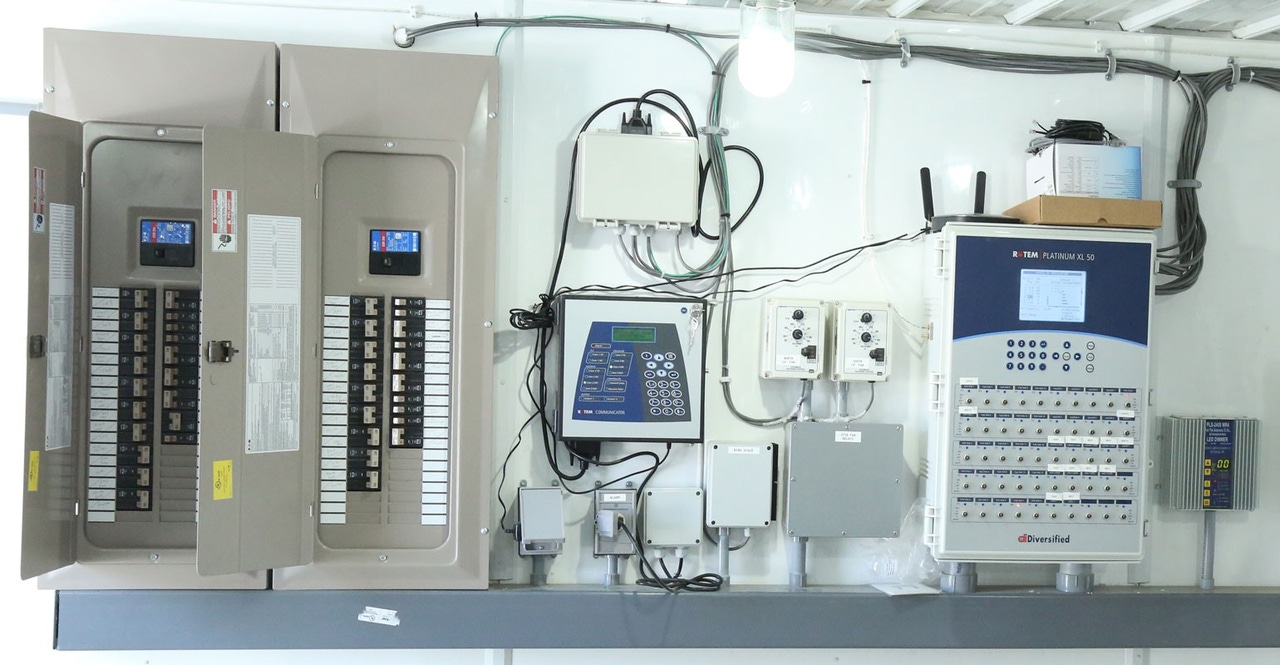Tailored mechanical engineering industry support guidance for your business growth.
Tailored mechanical engineering industry support guidance for your business growth.
Blog Article
Leading Tips for Effective Electrical System Troubleshooting
Fixing electric systems calls for a systematic technique, grounded in a detailed understanding of electric concepts and safety and security methods. The nuances of effective fixing prolong past plain technological understanding; recognizing how to document searchings for and prioritize security can considerably influence end results.
Understand the Basics
Comprehending the fundamentals of electric systems is vital for efficient troubleshooting, as a strong foundation enables service technicians to diagnose and settle problems more efficiently. A comprehensive grasp of electrical concepts, such as voltage, present, resistance, and power, is important in determining the root causes of problems. Voltage is the electrical possible difference that drives existing via a circuit, while resistance opposes the flow of present, impacting the general performance of the system.
Knowledge with circuit components, consisting of resistors, capacitors, diodes, and changes, is also extremely important. Each component plays an unique duty in circuit actions and can impact performance when malfunctioning. Furthermore, recognizing collection and identical circuit configurations is essential, as these arrangements influence the distribution of voltage and current within the system.
Furthermore, expertise of security protocols is crucial. Specialists should recognize possible dangers, such as shock and short circuits, to carry out safe troubleshooting techniques. By grasping these fundamental ideas, technicians enhance their capacity to conduct reliable diagnostics and repairs, eventually leading to improved efficiency and integrity of electrical systems. This fundamental knowledge is the cornerstone of effective fixing ventures.
Gather Necessary Tools
Efficient troubleshooting of electric systems needs the appropriate set of tools to diagnose and deal with concerns properly. Necessary tools consist of a multimeter, which gauges voltage, present, and resistance, enabling for specific examinations of electric parts.
In addition, insulated hand tools such as screwdrivers, pliers, and cord strippers are essential for safely controling electric links. It is additionally suggested to have a circuit tester available to validate the existence of voltage in outlets and cables. For even more complicated systems, a thermal imaging video camera can assist identify overheating parts, suggesting potential failings.

Adhere To a Methodical Technique
Having collected the suitable tools, the following step in troubleshooting electric systems is to comply with an organized method. A methodical approach makes certain that service technicians can identify mistakes successfully and properly, lessening downtime and see post preventing unneeded repair services.
Begin by evaluating the system's schematic layouts and specifications. Understanding the design and operational specifications will certainly supply context for diagnosing concerns. Next off, separate the trouble location by utilizing a process of removal. This entails checking each element systematically, starting from the power resource and working in the direction of the load.
Make use of screening equipment, such as multimeters and oscilloscopes, to collect objective data about voltage, current, and resistance at various factors within the system. This empirical evidence will direct your troubleshooting initiatives and aid to verify or eliminate possible reasons for failure.
Additionally, take into consideration ecological elements that may influence the system's efficiency, such as temperature level variations or moisture ingress. An extensive evaluation of electrical wiring, connections, and parts will make certain that all possibilities are made up.
Paper Your Findings
Complete documentation is essential in the Get More Information fixing procedure of electrical systems. This method not just help in recognizing the origin cause of the problem yet likewise offers as a reference for future repairing efforts.

In addition, keeping a log of parts changed or repair work executed is vital. This info sustains inventory management and can assist assess the longevity and reliability of details elements.
Eventually, the paperwork procedure need to be thorough yet succinct, enabling easy retrieval and testimonial - electrical system troubleshooting. By focusing on detailed documentation, specialists can create a valuable data base that not just help in existing troubleshooting however likewise encourages future maintenance initiatives, therefore enhancing total system dependability

Prioritize Safety And Security Actions
Identifying the inherent risks connected with electrical systems is critical for making certain safety and security during troubleshooting. Electrical shock, burns, and devices damages are just a few of the potential hazards that professionals face. Focusing on security steps is not only a legal obligation yet likewise an ethical vital that safeguards both the specialist and the surrounding setting.
Prior to beginning any type of troubleshooting job, technicians need to put on suitable personal safety equipment (PPE), including insulated gloves, safety and security glasses, and flame-resistant clothes. Ensuring that the workplace is completely dry and free of mess can significantly lower the danger of crashes. It is necessary to de-energize circuits before starting any job, verifying that they are not live with the usage of a multimeter or voltage tester.
Developing clear communication procedures with group participants is additionally crucial; this makes sure that everyone recognizes possible risks and the standing of the electrical system being dealt with. Finally, having an emergency feedback plan in place can prove invaluable in the event of a case. By more helpful hints focusing on security actions, service technicians can successfully alleviate risks and promote a more secure work environment.
Verdict
Reliable electrical system repairing counts on an extensive understanding of essential concepts and a methodical method. By collecting essential devices, sticking to methodical analysis methods, and meticulously documenting searchings for, the troubleshooting process becomes more efficient and reliable. Prioritizing precaution guarantees the health of individuals included and the stability of the electrical system. Implementing these methods will certainly improve the troubleshooting experience, causing quicker resolutions and improved operational effectiveness in electrical systems.
Report this page